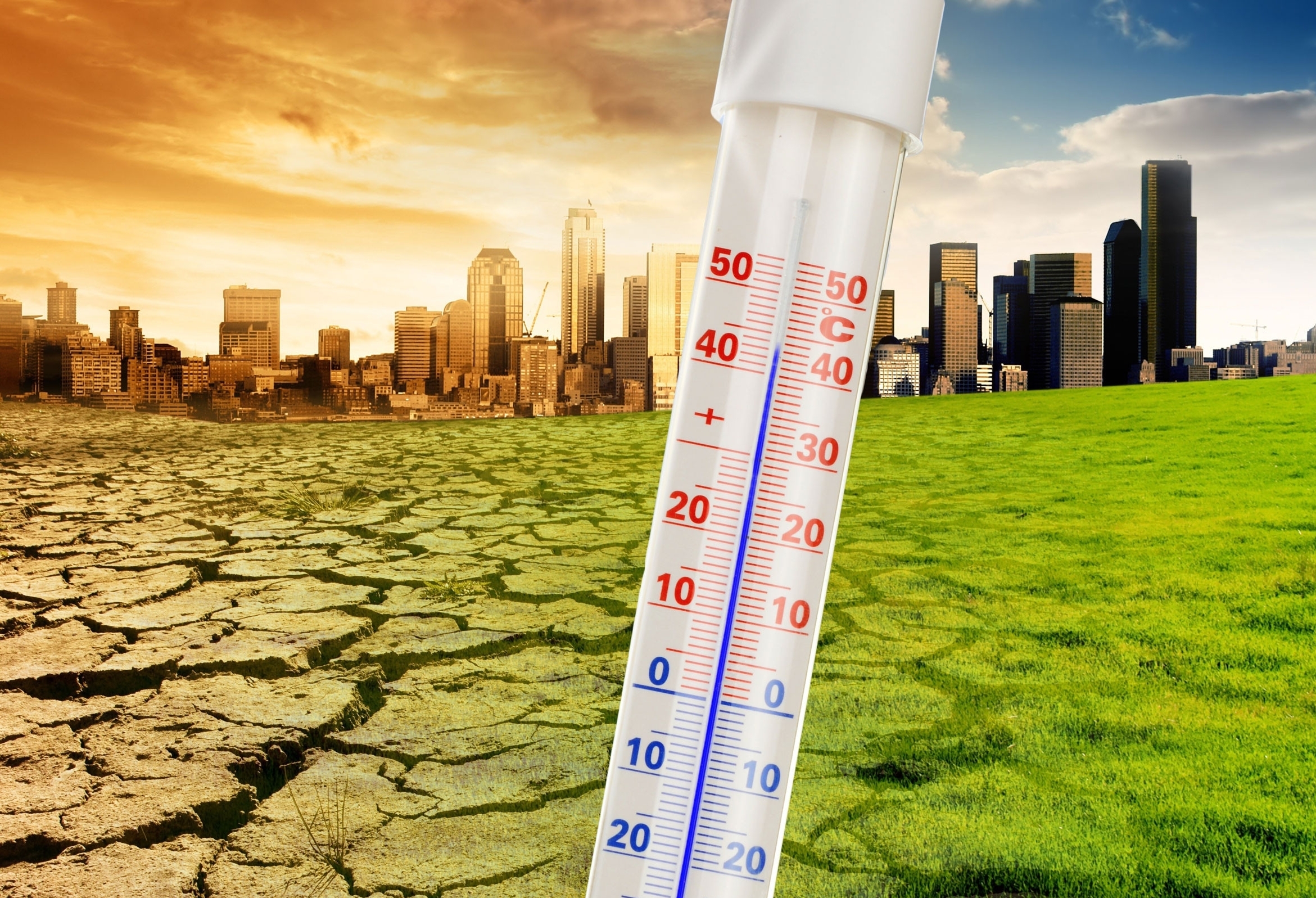



2015-2022 were eight warmest years since 1850: State of the Global Climate Report 2022

Baku, April 24, AZERTAC
Global mean temperatures for the past 8 years have been the highest on record, sea level and ocean heat are at record levels and this trend will continue for many centuries, says the new WMO report
The record levels of heat-trapping greenhouse gases are resulting in planetary scale changes on land, in the ocean, and in the atmosphere. From mountain peaks to ocean depths, climate change continued its advance in 2022, according to the annual report from the World Meteorological Organization (WMO). The State of the Global Climate 2022 highlighted the impacts of climate change and extreme weather, and focused on key climate indicators like greenhouse gases, temperatures, sea level rise, ocean heat and acidification, sea ice and glaciers.
The report found that the global mean temperature in 2022 was 1.15°C (1.02°C-1.28°C) above the 1850-1900 average. The years 2015-2022 were the eight warmest years in the instrumental record back to 1850. This was despite three consecutive years of a cooling La Niña for the past three years.
The concentrations of the three main greenhouse gases — carbon dioxide, methane, and nitrous oxide— reached record observed highs in 2021. The report mentioned that the annual increase in methane concentration from 2020 to 2021 was the highest on record. However, the real-time data from specific locations show levels of the three greenhouse gases continued to increase in 2022.
According to the report, sea ice in Antarctica dropped to 1.92 million km2 on February 25, 2022, the lowest level on record and almost 1 million km2 below the long-term (1991-2020) mean. The European Alps smashed records for glacier melt; for the first time in history, no snow survived the summer melt season in Switzerland even at the very highest measurement sites and thus no accumulation of fresh ice occurred.
The report found that measurements on glaciers in high mountain Asia, western North America, South America and parts of the Arctic also saw substantial glacier mass losses. There were some mass gains in Iceland and Northern Norway associated with higher-than-average precipitation and a relatively cool summer. The Greenland Ice Sheet ended with a negative total mass balance for the 26th year in a row, the report added.
While rising temperatures lead to substantial ice loss, the report said that ocean heat content reached a new observed record high in 2022. Around 90% of the energy trapped in the climate system by greenhouse gases goes into the ocean, somewhat ameliorating even higher temperature increases, but posing risks to marine ecosystems. Despite continuing La Niña conditions, 58% of the ocean surface experienced at least one marine heatwave during 2022, the report found.
Global mean sea level (GMSL) continued to rise in 2022, reaching a new record high for the satellite altimeter record (1993-2022). The report said that the rate of global mean sea level rise has doubled between the first decade of the satellite record which was 2.27 mm∙yr between 1993-2002 to 4.62 mm∙yr between 2013- 2022.
Record breaking heatwaves affected Europe during the summer while China had its most extensive and long-lasting heatwave since national records began. On the other hand, record breaking rain in July and August led to extensive flooding in Pakistan, killing over 1,700 people, displacing eight million and affecting about 33 million people.
East Africa has been impacted by the below-average rainfall in five consecutive wet seasons. The report estimated that as of January 2023, over 20 million people faced acute food insecurity across the region, under the effects of the drought and other shocks.
Globally, as of 2021, 2.3 billion people faced food insecurity, of which 924 million people faced severe food insecurity. Projections estimated 767.9 million people facing undernourishment in 2021, 9.8% of the global population. Half of these are in Asia and one third in Africa, the report added.
Heatwaves in the 2022 pre-monsoon season in India and Pakistan caused a decline in crop yields. This, combined with the banning of wheat exports and restrictions on rice exports in India after the start of the conflict in Ukraine, threatened the availability, access, and stability of staple foods within international food markets.
According to the report, almost 1.2 million people became internally displaced in Somalia by the catastrophic impacts of drought on pastoral and farming livelihoods and hunger during the year, of whom more than 60,000 people crossed into Ethiopia and Kenya during the same period. Concurrently, the report found, Somalia was hosting almost 35,000 refugees and asylum seekers in drought-affected areas. Additionally, a further 5,12,000 internal displacements associated with drought were recorded in Ethiopia.
Climate change has important consequences for ecosystems and the environment. The report pointed out how climate change is also affecting recurring events in nature, such as when trees blossom, or birds migrate. Not all species in an ecosystem respond to the same climate influences or at the same rates. For example, spring arrival times of 117 European migratory bird species over five decades show increasing levels of mismatch to other spring events, such as leaf out and insect flight, which are important for bird survival. Such mismatches are likely to have contributed to population decline in some migrant species, particularly those wintering in sub-Saharan Africa.
“We have the tools, the knowledge, and the solutions. But we must pick up the pace. We need accelerated climate action with deeper, faster emissions cuts to limit global temperature rise to 1.5 degree Celsius. We also need massively scaled-up investments in adaptation and resilience, particularly for the most vulnerable countries and communities who have done the least to cause the crisis,” said UN secretary-general António Guterres.
Emperor penguins lost thousands of chicks to melting ice last year
From Death Valley to the Swiss Alps, extreme weather records hit new heights
Magnitude 5.0 quake jolts Azerbaijan’s Masalli-Jalilabad administrative border